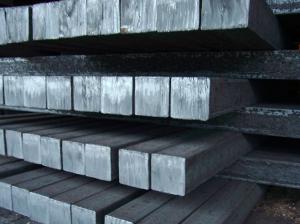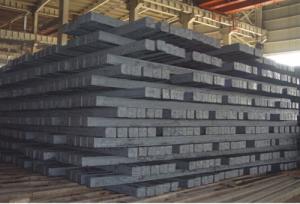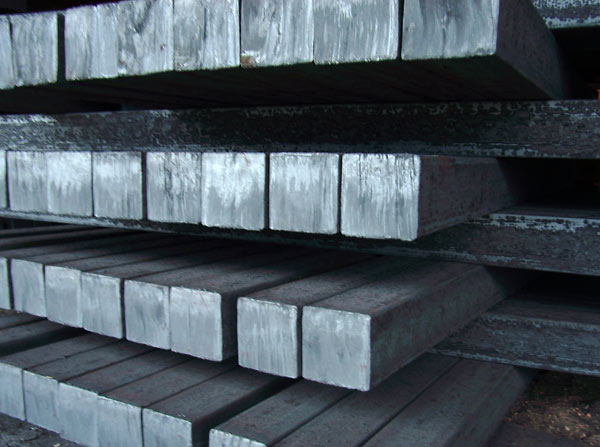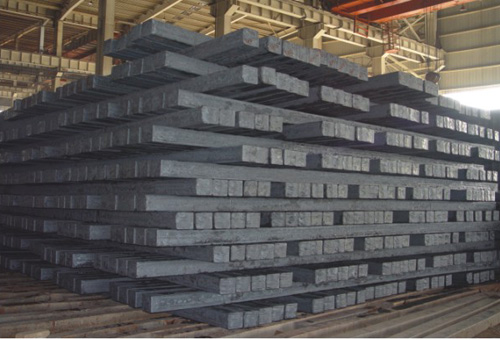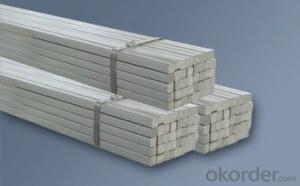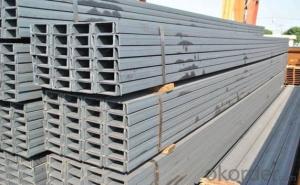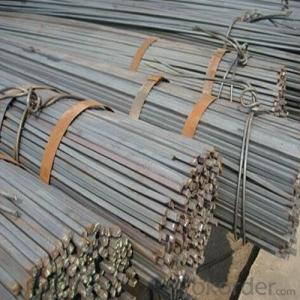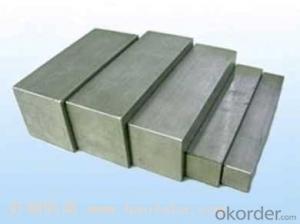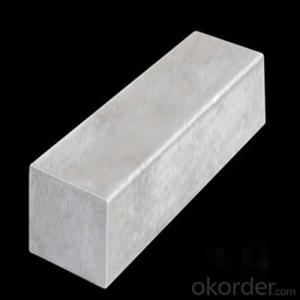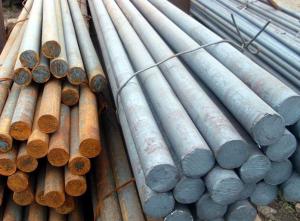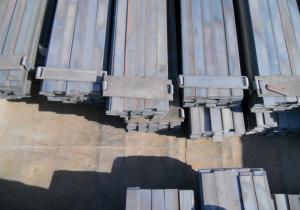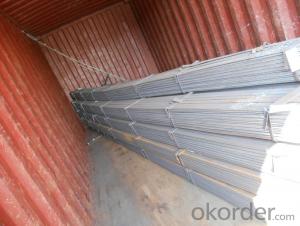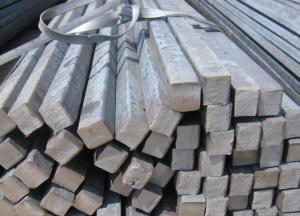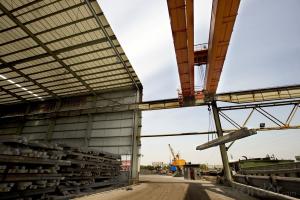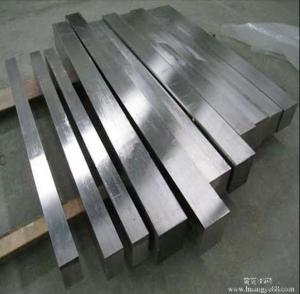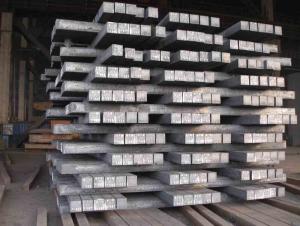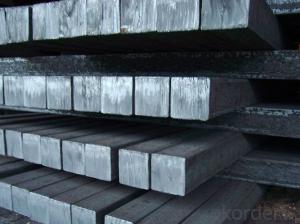Q235 HR Square bar square bar for construction
- Loading Port:
- Tianjin
- Payment Terms:
- TT or LC
- Min Order Qty:
- 10000 m.t.
- Supply Capability:
- 100000 m.t./month
OKorder Service Pledge
OKorder Financial Service
You Might Also Like
Product Description:
OKorder is offering Q235 HR Square bar for construction at great prices with worldwide shipping. Our supplier is a world-class manufacturer of steel, with our products utilized the world over. OKorder annually supplies products to European, North American and Asian markets. We provide quotations within 24 hours of receiving an inquiry and guarantee competitive prices.
Product Applications:
Q235 HR Square Bar for construction are ideal for structural applications and are widely used in the construction of buildings and bridges, and the manufacturing, petrochemical, and transportation industries.
Product Advantages:
OKorder's Square bar are durable, strong, and resist corrosion.
Main Product Features:
· Premium quality
· Prompt delivery & seaworthy packing (30 days after receiving deposit)
· Corrosion resistance
· Can be recycled and reused
· Mill test certification
· Professional Service
· Competitive pricing
Product Specifications:
Usage/Applications of HR Square Bar:
-The Square Bar is normally used as structure steel.
-Row material for other structure steel like steel angles, channels, I-beams, H-beams, etc…
Packaging & Delivery of HR Square Bar:
-Packing Detail: The products can be packed in bundles by steel wires.
-Marks: We make tag marks and color marks. The tag marks with white background and red company logo will be tied up to each bundle of the products. The information is usually including basic information of products and company and other information requested by customers. As for color marks, we will paint both ends of bundles to make sure that it will be more convenient for customers to distinguish them from other products.
-Delivery Detail: 30~45 working days after receive buyer’s T.T. or L/C.
Transportation:
-The products can be delivered by bulk vessel or by container. As for container, products with the length of 6m will be loaded in 20’ container, with 9m or 12m, in 40’ container.
-The maximum quantity of loading of container is 25 tons.
-The products are usually transported to the nearest port from the production place.
FAQ:
Q1: How soon can we receive the product after purchase?
A1: Within three days of placing an order, we will begin production. The specific shipping date is dependent upon international and government factors, but is typically 7 to 10 workdays.
Q2: What makes stainless steel stainless?
A2: Stainless steel must contain at least 10.5 % chromium. It is this element that reacts with the oxygen in the air to form a complex chrome-oxide surface layer that is invisible but strong enough to prevent further oxygen from "staining" (rusting) the surface. Higher levels of chromium and the addition of other alloying elements such as nickel and molybdenum enhance this surface layer and improve the corrosion resistance of the stainless material.
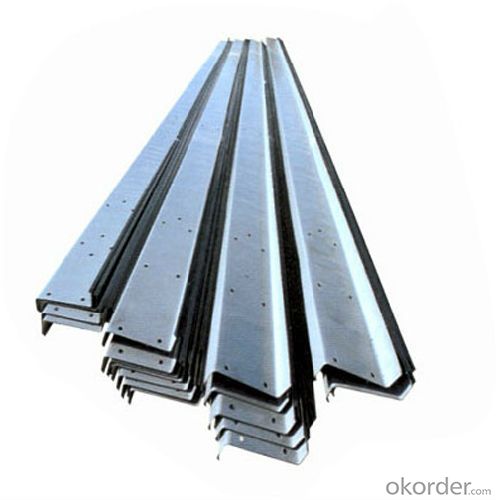
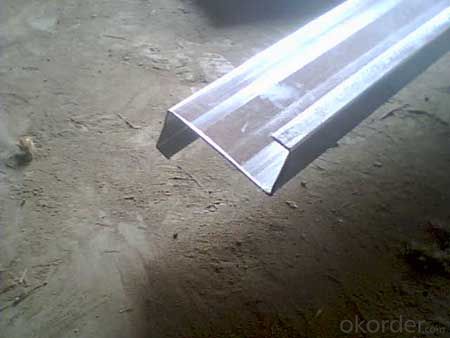
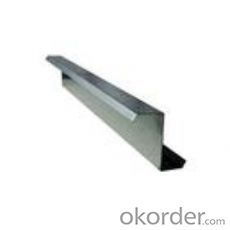
- Q: Can a steel square be used for checking the alignment of a jointer fence?
- Yes, a steel square can be used for checking the alignment of a jointer fence.
- Q: Can a steel square be used for checking the squareness of picture hanging systems?
- Yes, a steel square can be used for checking the squareness of picture hanging systems. The straight edges and right angles of a steel square make it a reliable tool for ensuring that the picture hanging system is level and perpendicular to the wall.
- Q: Can a steel square be used for setting up a planer?
- Certainly! A planer can be set up using a steel square. In woodworking and carpentry, a steel square is a versatile tool that is commonly employed to guarantee precision and accuracy in various tasks. One of its uses is in the setup of machinery, like a planer. When preparing a planer, a steel square can be utilized to verify that the tables, fences, and blades are all perfectly square and parallel. This verification is crucial for achieving smooth and precise planing outcomes. Moreover, before planing, a steel square can also be employed to ascertain the squareness of the workpiece, ensuring proper alignment and even planing. All in all, a steel square is a valuable tool that is certainly capable of setting up a planer and ensuring its optimal performance.
- Q: How do you use a steel square to measure and mark 236.25-degree angles?
- In order to measure and mark a 236.25-degree angle using a steel square, the following steps should be followed: 1. Begin by aligning the baseline or reference line with the long edge of the steel square, which is also known as a framing square. 2. Ensure that the inside corner of the square, referred to as the heel, is firmly positioned against the baseline. 3. Proceed to rotate the steel square until the desired angle, which is 236.25 degrees in this particular case, aligns perfectly with the baseline. 4. It is crucial to securely hold the square in place to prevent any movement. 5. Upon achieving proper alignment, utilize a pencil or marker to mark the point where the desired angle intersects with the baseline. 6. This marked point will serve as the representation of the desired 236.25-degree angle on your workpiece or surface. It is important to bear in mind that steel squares generally have markings solely up to 180 degrees. Consequently, it may be necessary to estimate or visually divide the remaining degrees between 180 and 236.25 in order to achieve accurate alignment. Additionally, exercise caution when using the steel square to ensure stability and clear markings for precise measurements.
- Q: What are some common uses of a steel square in metal fabrication?
- Some common uses of a steel square in metal fabrication include measuring and marking straight lines, checking right angles, setting up precise angles for cutting or welding, and ensuring accurate layouts and dimensions for various metalwork projects.
- Q: How do you use a steel square to determine the angle of a roundover cut?
- To use a steel square to determine the angle of a roundover cut, you can follow these steps: 1. Start by placing the steel square against the edge of the workpiece where you want to make the roundover cut. Ensure that the square is aligned perpendicular to the edge. 2. Next, locate the corner of the square that aligns with the edge of the workpiece. This will be the reference point for measuring the angle. 3. Take a protractor and place it on top of the steel square, ensuring that its center aligns with the reference corner. 4. Now, observe the angle measurement on the protractor where the edge of the workpiece intersects it. This will give you the angle of the roundover cut. 5. Once you have determined the angle, you can transfer it to your woodworking tool, such as a router or table saw, to set the appropriate cutting angle. Remember, it is crucial to double-check your measurements and alignment before making any cuts to ensure accuracy. Additionally, practice caution and follow proper safety procedures while working with power tools.
- Q: How the steel columns and I-beam steel structure connection
- Steel structure engineering is mainly made of steel, and it is one of the main types of building structures.
- Q: What are the different features of a steel square?
- A steel square typically consists of a flat steel blade and a perpendicular steel handle. It has various features, including a right-angle feature, marked at 90 degrees, which allows for precise measurements and angles. It also often includes a 45-degree feature, marked at 45 degrees, for measuring and marking accurate diagonal lines or angles. Additionally, it may have a ruler or measuring scale along the blade, enabling measurements for length, width, or depth. Some steel squares may feature an adjustable sliding blade, allowing for versatility in various woodworking or construction tasks. Overall, the different features of a steel square make it a versatile and essential tool for precise measurements and marking in various projects.
- Q: How accurate are steel squares in measuring angles?
- Known for their high accuracy in measuring angles, steel squares are typically crafted with precision and designed to deliver precise measurements. Widely utilized in the construction and woodworking industries, where precision is of utmost importance, these squares boast a steel construction that guarantees durability and stability, thereby enabling consistent and reliable angle measurements. Nevertheless, it is crucial to acknowledge that factors such as user technique and the square's condition can impact the accuracy of steel squares. Therefore, regular maintenance and calibration are advised to uphold their accuracy over time. All in all, steel squares prove to be exceptionally accurate tools for measuring angles when utilized correctly and maintained in good condition.
- Q: What is the history of steel squares?
- Steel squares have a long and rich history, dating back to ancient times. The concept of a square tool for measuring right angles can be traced back to the ancient Egyptians and Mesopotamians. However, it was during the 18th and 19th centuries that steel squares as we know them today began to emerge. These squares were initially made from cast iron and gradually evolved into being made from steel, which provided increased durability and accuracy. They became an essential tool for carpenters, masons, and other craftsmen, enabling them to measure and mark right angles with precision. Over the years, steel squares have undergone technological advancements, such as incorporating additional measurements and features like protractors and scales. They continue to be widely used in various industries for layout work, framing, and woodworking. In summary, the history of steel squares is one of evolution and refinement, starting from ancient origins to becoming an indispensable tool for professionals across different trades.
Send your message to us
Q235 HR Square bar square bar for construction
- Loading Port:
- Tianjin
- Payment Terms:
- TT or LC
- Min Order Qty:
- 10000 m.t.
- Supply Capability:
- 100000 m.t./month
OKorder Service Pledge
OKorder Financial Service
Similar products
Hot products
Hot Searches
Related keywords
